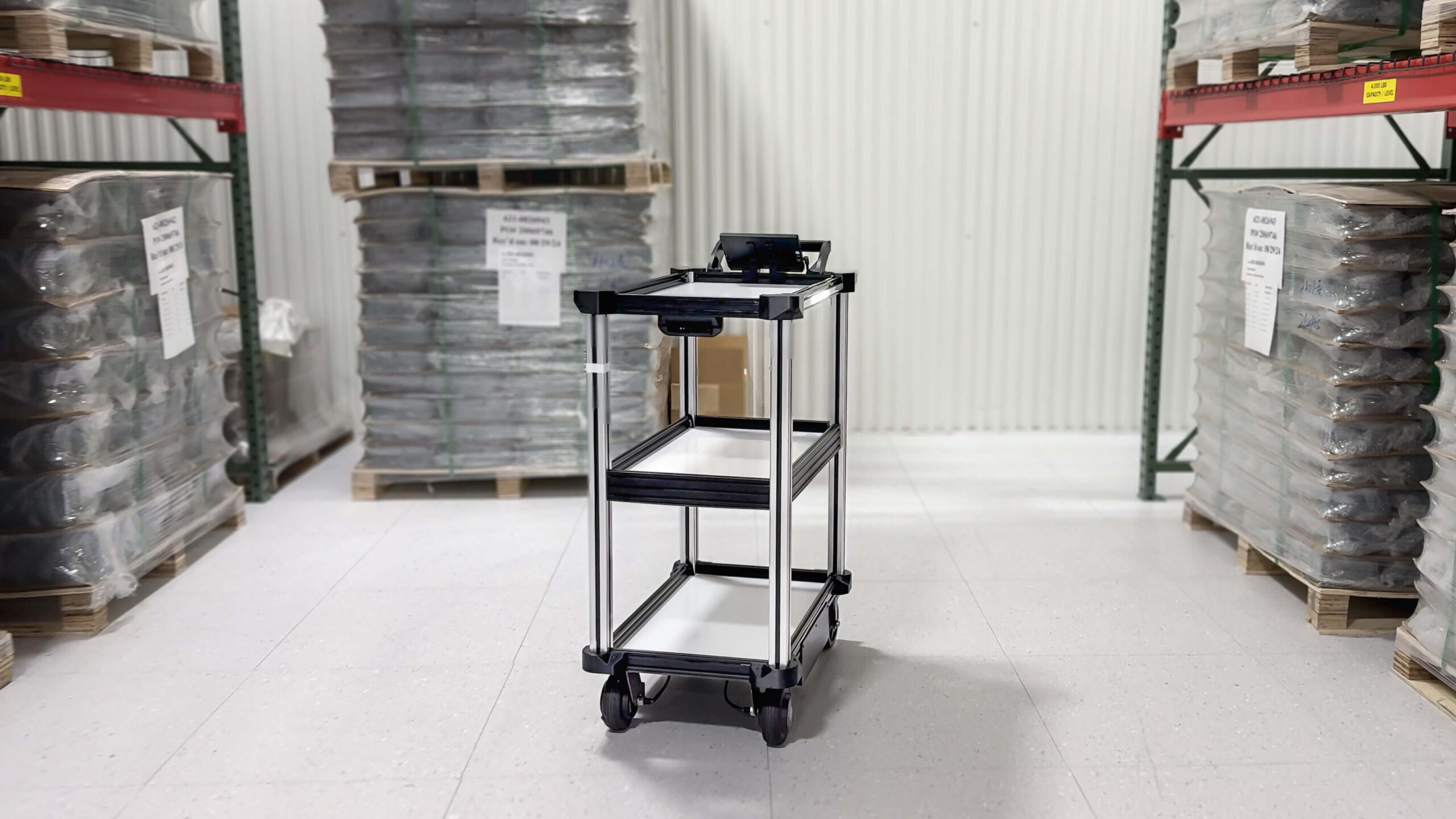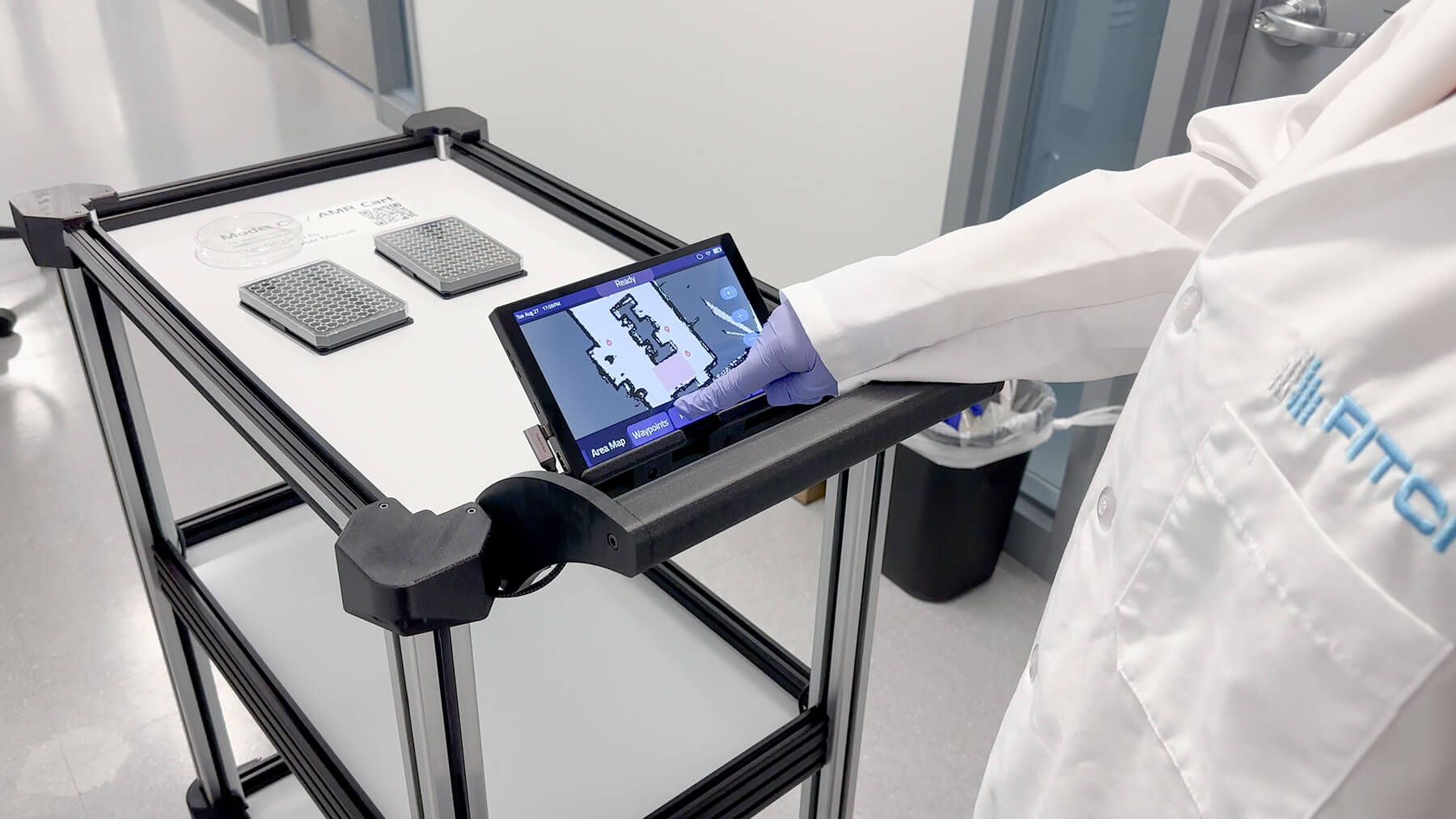Introduction: The Need for Adaptable, Smart, Mobile Robots
The rhythm of business has changed. If the events of recent years have made one thing clear, it’s that relying on “business as usual” is a risky bet. Consider the landscape:
- Constant Disruptions: Supply chain shocks, once considered infrequent, now feel like a regular occurrence.
- Rapid Market Shifts: Sudden demand surges for one product, or unexpected downturns for another, are testing the limits of operational predictability.
- Unforeseen Challenges: From global health crises to geopolitical events, the sources of turbulence are varied and often arrive without warning.
Businesses that built their foundations on stable, predictable models are now finding themselves needing to pivot, and pivot quickly.
The Resilience Imperative: Thriving with AMR Automation
So, how do companies not just survive this new era of constant flux, but actually build a stronger, more resilient operation? The answer lies in building adaptability from the core.
A critical, often underestimated, component of this operational resilience is found in how materials, components, and tools are moved within your own facility. This is where the strategic implementation of AMR automation, leveraging the power of advanced AMR robots and versatile mobile robots, becomes not just an efficiency play, but a fundamental strategy for resilience.
The Imperative of AMR Automation & Mobile Robot Solutions in Today’s Business Climate
The modern business environment is relentlessly dynamic. It demands a profound shift in operational thinking, moving away from established, rigid models towards something far more agile.
Traditional Models Under Strain
Adaptability as the New Standard
Systems built for predictability, especially those with significant fixed infrastructure, are creaking under the pressure of constant change.
The ability to pivot, adjust, and respond quickly is now a baseline requirement for survival and growth, with resilience being directly tied to adaptability.
For many organizations, this would mean rethinking internal logistics. Introducing adaptive material handling powered by intelligent AMR robots and flexible mobile robot solutions, is rapidly becoming a cornerstone.
This approach, driven by strategic AMR automation, is about building an internal supply chain that can bend and flex with market demands, rather than becoming a point of failure.
The Cost of Inflexibility: When Outdated Systems Undermine Your AMR Automation Efforts
When your internal material flow can’t keep up with business, the impact isn’t always immediately visible on the profit and loss statement. But on the factory floor, in the warehouse, or across your R&D labs, these hidden costs can quietly undermine the integration of new technologies.
Consider these common pain points stemming from inflexible material handling:
Production Bottlenecks & Delays:
- A new product variant requires a slightly different component flow. A high-priority rush order needs parts re-routed immediately.
- Result: If your system is rigid, these everyday scenarios can lead to significant downtime, force complex manual workarounds, and ultimately risk missed deadlines. This is where agile mobile robot solutions can make a difference.
Wasted Human Potential & Resources:
- How much time do your skilled technicians, engineers, or assembly line operators spend walking to retrieve parts, fetch tools, or transport sub-assemblies?
- The Impact: Every minute spent on these “fetch quests” is a minute not spent on their core, value-adding responsibilities. This is not only a drain on productivity but also a source of frustration for your team. Strategic AMR automation aims to reclaim this lost time.
Difficulties in Scaling Operations:
- Demand for a specific product unexpectedly surges. Can your internal logistics, including any existing AMR robots, scale up just as quickly? Or does it mean costly overtime for manual transport and hurried, inefficient reconfigurations?
- Conversely, if demand drops, are you left with oversized, underutilized fixed systems that are expensive to maintain? The right mobile robot strategy offers more elasticity.

Adaptive Material Handling in Action: The Power of Smart Mobile Robot Solutions
- Rapid Deployment & Minimal Disruption:
Forget months of planning and invasive facility overhauls. Many AMR robot systems can be up and running in days, or even hours and require minimal changes to existing layout. - Intelligent, Independent Navigation:
Unlike older automated guided vehicles (AGVs) that need fixed paths (like tape or wires), modern AMR robots use sensors and AI to navigate dynamically. This let’s them safely work alongside people and other equipment, even rerouting around unexpected obstacles – a core strength of advanced AMR automation. - On-Demand & Task-Driven:
Need a specific bin of components delivered to workstation C-12 now? Need a freshly calibrated tool brought from the lab to a maintenance bay? An AMR robot can be tasked on the fly through simple interfaces. This “gopher” capability is invaluable for urgent, ad-hoc needs.
This is where autonomous carts are making a significant impact. They aren’t designed to replace pallet movers for heavy lifting. Instead, consider an AMR robot like the Quasi Robotics Model C2 (www.quasi.ai/c2-cart). This type of mobile robot excels at addressing the granular, moment-to-moment needs within a facility.
Think fetching a specific bin of fasteners, delivering a specialized torque wrench right to a technician’s point of use, or moving small batches of high-value WIP between quality checks and the next production stage.
They operate independently, seamlessly navigating existing floor space, and are easily programmed or re-tasked as your priorities shift – a prime example of effective AMR automation.
Versatile Workflow Support with your Mobile Robot Fleet:
A single mobile robot or a fleet can handle diverse tasks:
- Delivering parts directly to assembly lines.
- Moving work-in-progress (WIP) between manufacturing cells.
- Transporting tools, samples, or MRO (Maintenance, Repair, and Operations) supplies.
- Supporting kitting operations by bringing necessary components together.
Strategic Wins: How AMR Robots and Mobile Robots Drive Resilience & Efficiency through AMR Automation
Integrating adaptive AMR robots and mobile robot solutions isn’t just about moving things more efficiently; it’s about unlocking strategic advantages that build true business resilience. Effective AMR automation translates into tangible benefits:
- Boosted Resilience & Agility:
Quickly reconfigure internal logistics for new product introductions or sudden changes in production schedules. - Optimized Labor & Enhanced Productivity:
Significantly reduce the non-value-added “walk and wait” time for your skilled technicians, engineers, and operators. - True Scalability – Up or Down:
Easily add more AMR robot units to your fleet during peak demand or new project ramp-ups without the massive capital expenditure and installation time of fixed systems. - Data-Driven Insights for Continuous Improvement:
Many AMR automation platforms provide valuable data on material flow, task completion times, and system utilization.

Conclusion: The Future is Flexible – Embrace AMR Robots, Mobile Robots, and Strategic AMR Automation for Lasting Business Resilience
By strategically implementing AMR automation, leveraging the versatility of AMR robots and the on-demand capabilities of mobile robot solutions, companies can create an internal supply chain that is responsive, scalable, and truly resilient.
This isn’t just about weathering the next storm; it’s about positioning your organization to thrive in an ever-changing landscape, turning potential disruptions into opportunities for agile response and sustained growth.
The future belongs to the flexible.
To learn how the Model C2 enables your operations’ flexibility, visit www.quasi.ai/c2-cart.